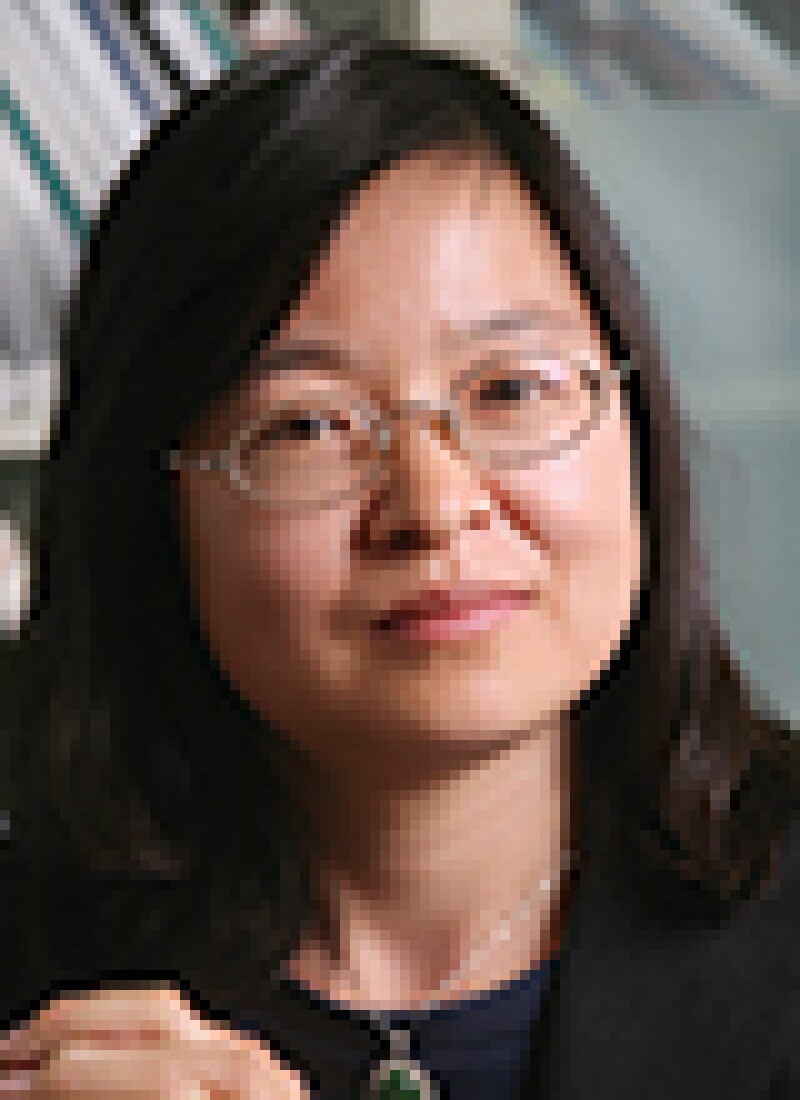
In the process of patent infringement litigation, the party accused of infringement often initiates a patent invalidation procedure to invalidate the patent at issue. As prescribed in Article 45 of the Chinese Patent Law: "Where, starting from the date of the announcement of the grant of the patent right by the patent administration department under the State Council, any entity or individual considers that the grant of the patent right is not in conformity with the relevant provisions of this Law, it or he may request the Patent Re-examination Board to declare the patent right invalid." It is clear from this provision that a patent invalidation procedure is initiated at the request of a concerned party after the announcement of a granted patent, and is usually a procedure in which both parties participate.
Specifically, an invalidation procedure can proceed in the following way:
A petitioner for invalidation files a request for invalidation of a granted patent in order to state reasons and facts for the request for invalidation and clearly indicate the scope requested for invalidation. The petitioner pays the fee for the request for invalidation and may add causes for invalidation within one month from the date of filing the request for invalidation.
After formal examination, the Patent Re-examination Board issues a notification of acceptance of request for invalidation to both the petitioner and the patentee, and transfers copies of the request for invalidation and the relevant documents to the patentee. It specifies the time limit for response to the patentee.
The patentee responds, within the time limit for response specified by the Patent Re-examination Board, to the request for invalidation, causes for invalidation and evidence. The patentee may amend the patent document while making a response.
The Patent Re-examination Board takes oral proceedings for the request for invalidation, and both the parties conduct face-to-face cross-examination of evidence and debate with each other.
The Patent Re-examination Board makes an examination decision on the request for invalidation and delivers the examination decision to both parties.
In the above invalidation procedure in China, there are strict provisions concerning submission of evidence and amendments to the patent document.
Submission of evidence
The petitioner may submit evidence when filing the request for invalidation and supplement evidence within one month from the date of filing the request for invalidation. The petitioner must explain causes for invalidation concretely, making reference to evidence if applicable, when filing the request for invalidation. Otherwise, the Patent Re-examination Board will not take the evidence into account. In addition, the petitioner is allowed to supplement evidence within one month from the date of filing the request for invalidation, and to explain concretely causes for invalidation added within the time limit. Otherwise the Patent Re-examination Board will not take the evidence into account.
Where the petitioner submits additional evidence for invalidation after one month from the date of filing the request for invalidation, generally the Patent Re-examination Board will not take it into account, unless any of the following circumstances apply:
with respect to counterevidence submitted by the patentee, the petitioner submits additional evidence within the time limit specified by the Patent Re-examination Board, and explains relevant causes concretely with reference to the additional evidence within this period;
by the end of oral proceedings, the petitioner submits evidence of common knowledge in the skilled art, such as evidence from a technical dictionary, technical manual, or textbook, or complementary evidence for meeting the legal requirement for evidence such as a notarial document or the original, and explains the relevant causes concretely with reference to the additional evidence.
A petitioner can use different evidence to request a patent be invalidated several times, but can file only one request for invalidation based on the same causes and evidence.
After receiving a request for invalidation from a petitioner, the Patent Re-examination Board transmits the relevant documents to the patentee. The patentee must respond within the time limit specified by the Patent Re-examination Board, and if it is necessary to submit evidence, the evidence must be submitted within the specified time limit. It is likely that by the end of oral proceedings, the patentee should submit evidence of common knowledge in the skilled art, such as evidence from a technical dictionary, technical manual, or textbook or complementary evidence used for meeting the legal requirement for evidence such as a notarial document or the original.
Below are some notes on submission of evidence.
Evidence in a foreign language
Where a petitioner or a patentee submits evidence in a foreign language, he shall submit the Chinese translation thereof in written form within the specified time limit. If he fails to submit the Chinese translation within the specified time limit or fails to submit the Chinese translation in written form, the foreign evidence shall be deemed not to have been submitted. If the opposite party has objection to the contents of the Chinese translation, he shall submit the Chinese translation for the disputed parts within a specified time limit. Failure to submit the Chinese translation shall be construed as no objection to the translation.
Evidence of testimony of witness
Witnesses shall appear and be questioned in the oral proceedings.
Evidence on the internet
In an invalidation procedure, authenticity and openness (which mainly refer to the publication time) of evidence are the most controversial aspect of the procedure. The Patent Re-examination Board will verify and check evidence on the internet. It will check the publication time, authenticity of the form, and authenticity of the contents of the evidence. The publication time of evidence on the internet means the earliest time when the public can find the evidence on the internet and usually the issuance time of the evidence on the internet is deemed as the publication time. For a general website, the time when a file is published is the time when the file can be browsed normally. Therefore, in the absence of evidence to the contrary, the publication time of evidence on the internet is the publication time recorded therein. Authenticity of evidence on the internet is mainly determined based on two factors, namely, authenticity of the form (whether the evidence is forged) and authenticity of the contents (whether the network information and the publication time have been modified). Evidence on the internet should be notarised. The party concerned can prove a source of the evidence on the internet by demonstrating an acquisition process in court.
Evidence formed abroad
Evidence formed abroad means evidence formed beyond the territory of the People's Republic of China. The evidence must be notarised by the notary organs in the country concerned and verified by the Chinese embassy or consulate to the country, or must be subject to any verification formalities provided in a treaty between China and the country.
Amendments to the patent document
A patentee may make amendments to a patent document when responding to the request for invalidation, causes for invalidation or evidence added by the petitioner, or causes for invalidation or evidence not mentioned by the petitioner but introduced by the Patent Re-examination Board. The amendments to the patent documents are limited to the claims only, and must follow the principles below:
The title of the subject matter of a claim cannot be changed.
The extent of protection cannot be extended compared with that in the granted patent.
The amendment shall not go beyond the scope of disclosure contained in the initial description and claims.
Addition of technical features not included in the claims as granted is generally not allowed.
Moreover, the patent document of a design patent cannot be amended.
Subject to the above principles of amendments, amendment is generally limited to deletion of a claim, deletion of a technical solution, further definition of a claim and correction of an obvious mistake.
The deletion of a technical solution means to remove one or more technical solutions from several parallel technical solutions defined in the same claim. For example, "at least partly" is defined in a claim. This definition includes two technical solutions, i.e. a technical solution of "partly" and a technical solution of "completely". If the definition "at least" is deleted, it means that the technical solution of "partly" is retained and the technical solution of "completely" is deleted. Such amendment is allowed.
The further definition of a claim means that one or more technical features recited in other claims are added to the claim to narrow the scope of protection. That is, a feature recited in a granted claim can be added to the claim, but a feature not recited in a granted claim but recited in the description cannot be added to the claim. For example, the subject matter of an independent claim is "a container" and a dependent claim defines this, asserting that "the container is an intermodal container." This definition may be added to the independent claim, but the subject matter of the independent claim cannot be directly amended to "an intermodal container."
Regarding the time of the deletion of a claim or a technical solution, the patentee may delete a claim or delete a technical solution contained in a claim before the Patent Re-examination Board makes an examination decision on the request for invalidation.
Yanling Zhou |
||

|
|
Yanling Zhou is a patent attorney at DEQI Intellectual Property Law Corporation. She obtained a BS degree in fluid power transmission and control and a MS degree in mechatronic engineering from the University of Science and Technology Beijing. She worked as a research and development engineer for about two years. Yanling Zhou has worked on IP matters for 14 years, and focuses on the preparation and prosecution of patent applications in the fields of mechanics, fluid power and automatic control, industrial design and mechatronics. She also has experience in patent re-examination, invalidation, patent analysis and infringement opinions. She is a member of the All China Patent Agents Association. |











